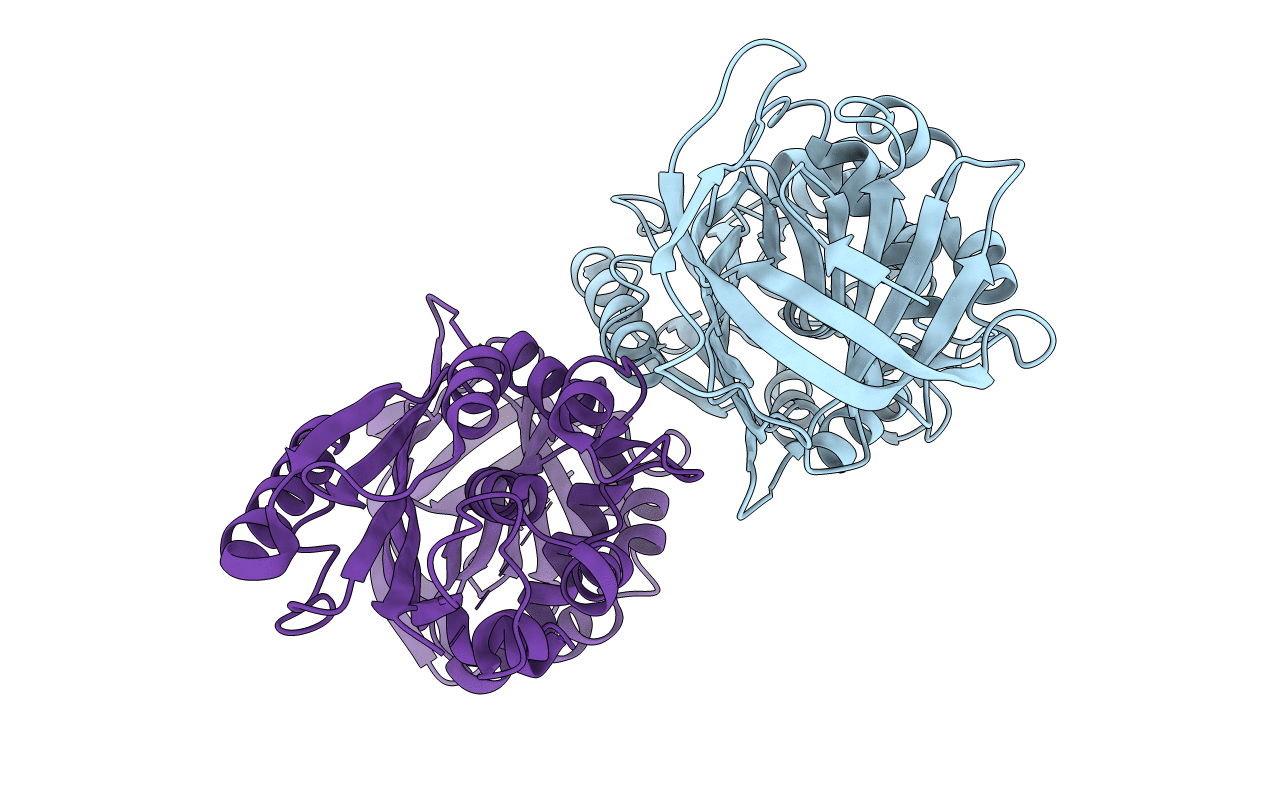
Deposition Date
2001-08-21
Release Date
2001-09-05
Last Version Date
2024-10-30
Entry Detail
PDB ID:
1JTI
Keywords:
Title:
Loop-inserted Structure of P1-P1' Cleaved Ovalbumin Mutant R339T
Biological Source:
Source Organism:
Gallus gallus (Taxon ID: 9031)
Host Organism:
Method Details:
Experimental Method:
Resolution:
2.30 Å
R-Value Free:
0.25
R-Value Work:
0.19
R-Value Observed:
0.19
Space Group:
P 1


